Description
Riparian areas are found at every elevation and in all landforms where water is present. The headwaters of many streams are fed by snow melt, and change depending on precipitation patterns, fire, and snow melt. There are different riparian areas depending on water, soil, elevation. Some examples of riparian areas include cottonwood floodplains, alluvial floodplains, floodplain forests, riparian buffer zones, and meadows.
Vegetation
Riparian vegetation in lower elevation zones includes deciduous trees and shrubs such as Red Alder, big leaf maple, willows, dogwood, Oregon Ash, and black cottonwood . At higher elevation, riparian zones also include conifer species such as Douglas-Fir, western red cedar, Willamette Valley Ponderosa Pine, and spruce.
Ecosystem Services
Riparian communities help buffer inputs and cycle nutrients. They also provide habitat for a variety of wildlife, connect waterways throughout a watershed, improve groundwater recharge, and provide resiliency in face of disturbance.
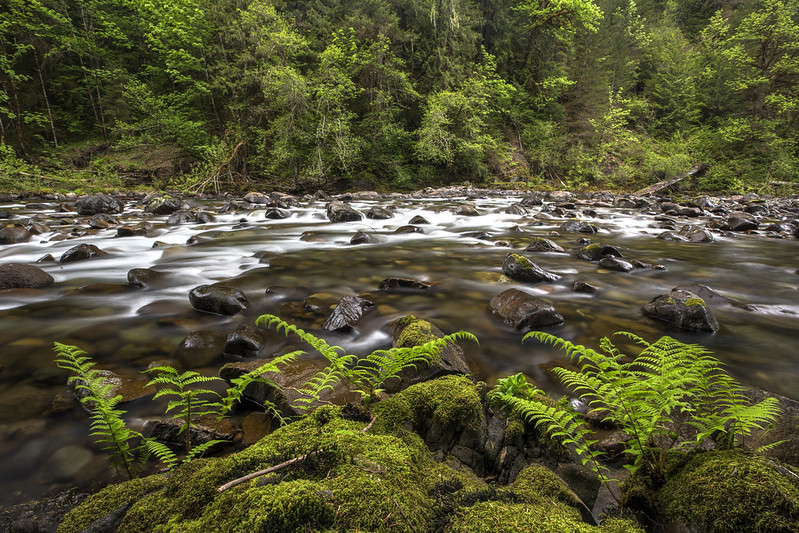
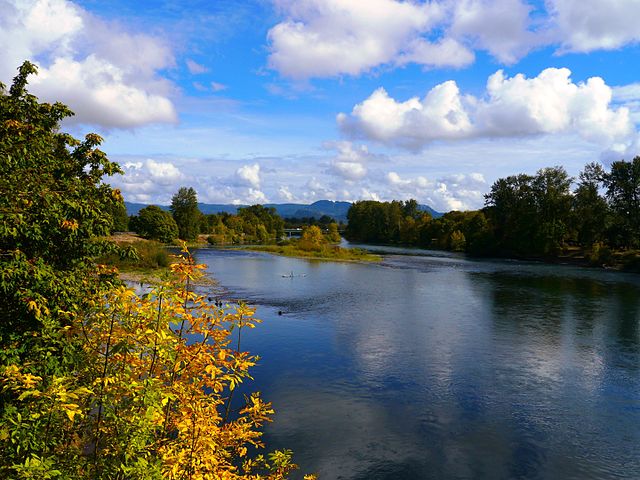
Threats
Riparian habitats have declined from historical levels and are now greatly reduced in area and connectivity, especially those in low-elevation areas and valley bottoms. Development, logging, roads, agricultural practices, dams, channelization, invasive species and grazing can degrade riparian habitat. Reduction of riparian habitat allows runoff containing fertilizers and other contaminants to more easily reach flowing water and further impact aquatic habitat. Visit https://www.oregonconservationstrategy.org/strategy-habitat/riparian-habitats-and-flowing-water/ to learn more.
Wildlife
These habitats are home to a variety of aquatic and upland species. Aquatic species include fish such as salmon and steelhead, amphibians, macroinvertebrates, and reptiles. Upland species include birds and mammals such as bald eagles and beavers.
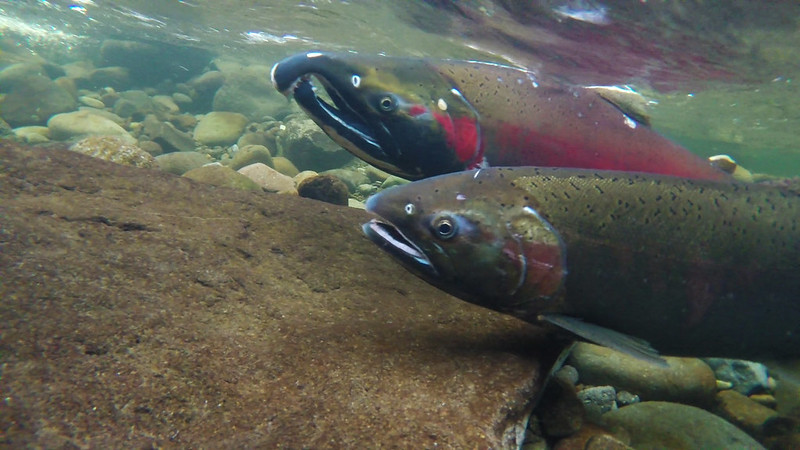
What can you do to help riparian areas?
If you have any flowing or bodies of water on your property, you have a riparian area! The soils and vegetation on your property are influenced by that presence of water and should be managed accordingly to improve the water quality and wildlife habitat.
- Manage vegetation – plant different native species and try to control any invasive species on your riparian area. Planting native plants along stream banks helps improve erosion control, water quality, and wildlife habitat.
- Keep livestock out of waterways as much as possible – livestock entering streams and creeks can have negative impacts on the water quality, soil erosion, and vegetation. It is best to build a bridge or livestock crossing to reduce livestock entering the waterways.
- Prevent runoff into the waterways – vegetation provides a buffer to reduce the amount of sediment and chemical runoff being deposited into the waterway, but it is important to exercise best management practices when using fertilizers, pesticides, and manure upland from a waterway to ensure they are not impacting the water.
If you have any concerns about how to manage or improve your riparian area, reach out to us at the district and a planner will provide technical assistance to help. Visit Our Team to contact us for assistance.
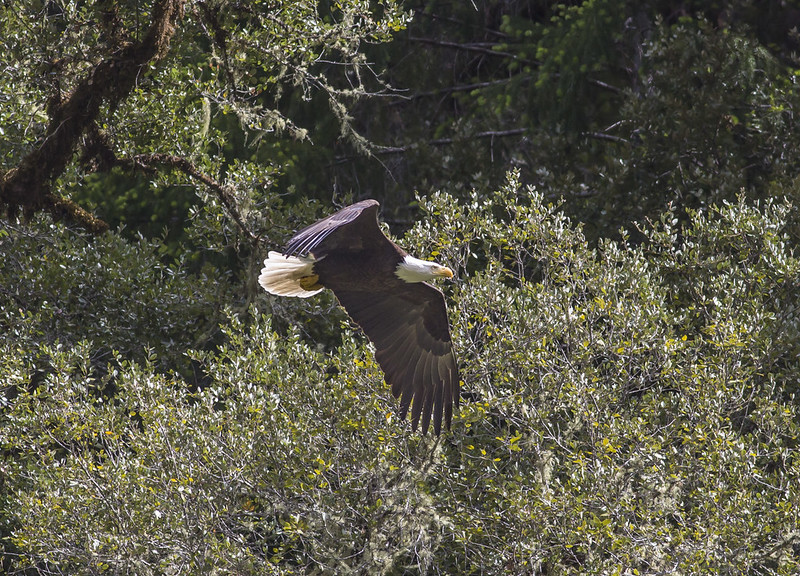
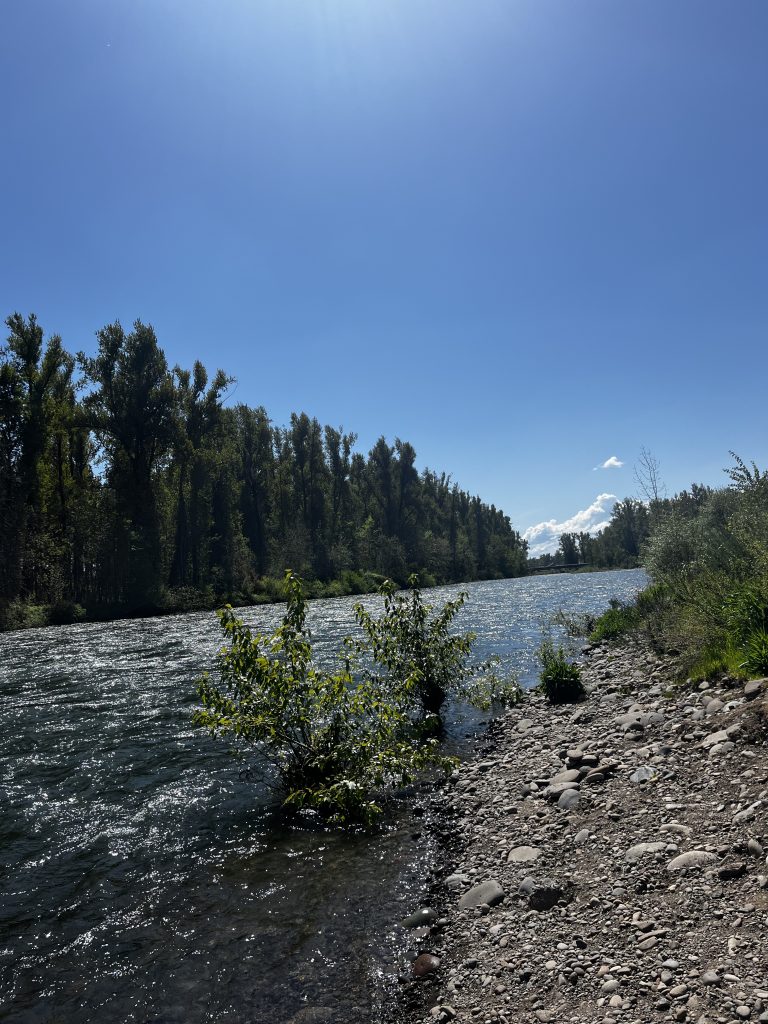
Where to find riparian areas in Marion County
- Packsaddle Park: Marion County park right on the North Santiam River. Located right off of Highway 22 near Gates, the park is primarily used by drift boaters, fishermen, and sightseers. https://www.co.marion.or.us/PW/Parks/descriptions/Pages/packsaddle.aspx
- Eola Bend: Located between the Browns Island landfill and the Willamette River in South Salem, this park has been improving it’s ecological functions as a riparian are with the help of CREP and volunteers who have planted 45,000 native trees and shrubs along the river front. This park is accessible from Minto Brown Island Park. https://www.co.marion.or.us/PW/Parks/descriptions/Pages/eolabend.aspx
- North Santiam Park: with a beautiful riverfront view of the North Santiam River, this park in Lyons offers folks wildlife viewing, boating recreation activities, camping, hiking, picnic areas, as well as ADA accessible campsite and restrooms. https://www.co.marion.or.us/PW/Parks/descriptions/Pages/North-Santiam.aspx
- Spong’s Landing Park: Located on the Willamette River north of Salem and provides access for folks to enjoy the riverbank and observe wildlife.
- Please visit https://www.co.marion.or.us/PW/Parks/descriptions/Pages/default.aspx for more information.
Contact Us
To learn how to get assistance with your natural areas, reach out to our staff today!

